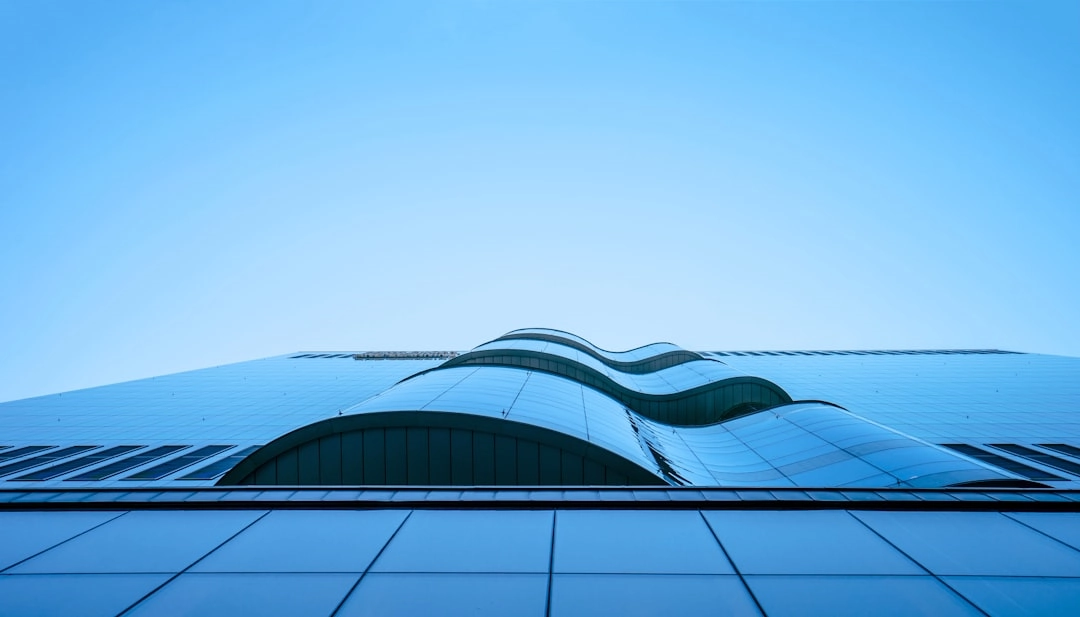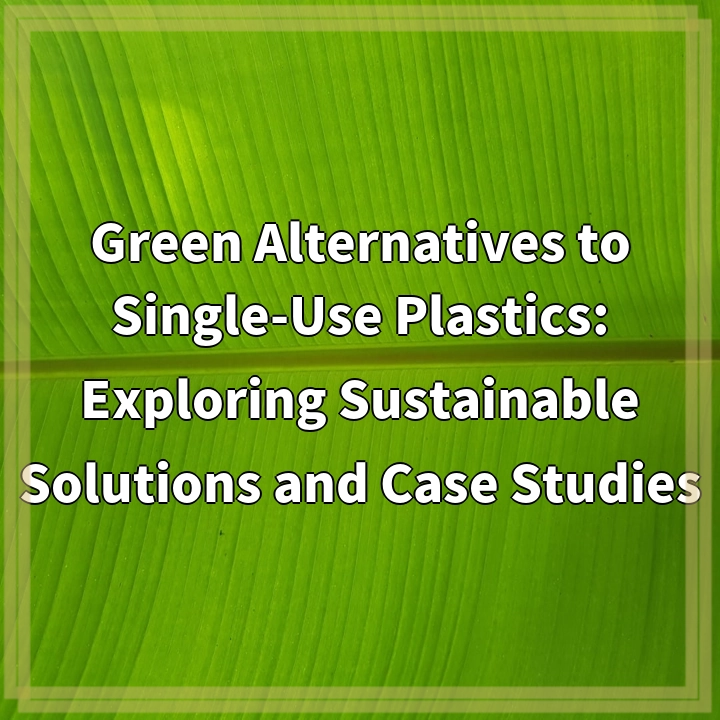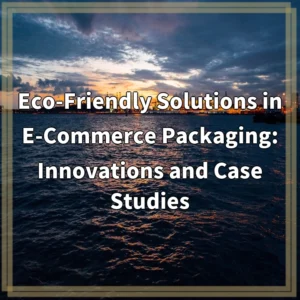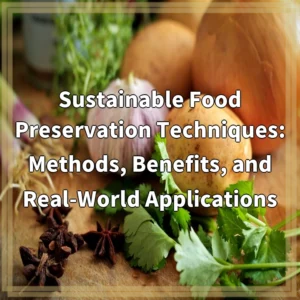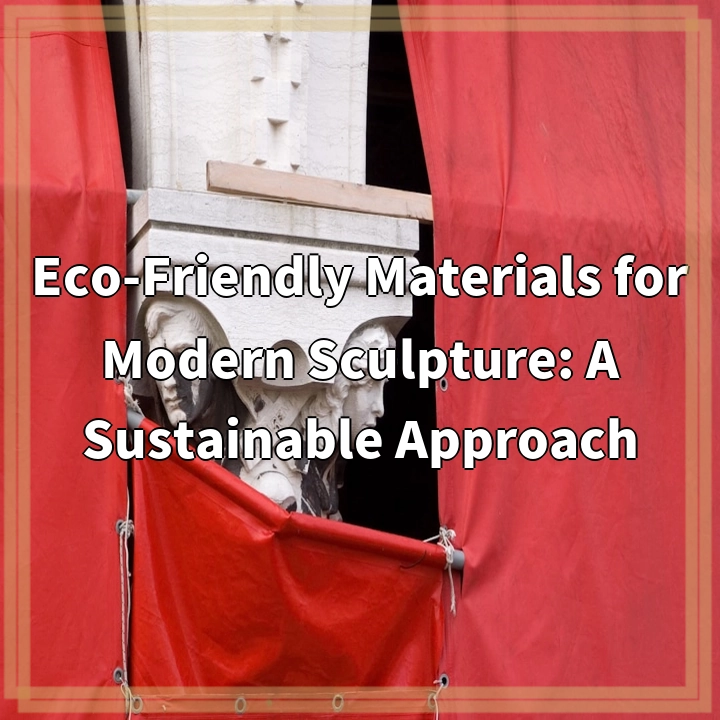
What are Eco-Friendly Materials for Modern Sculpture?
Eco-friendly materials for modern sculpture refer to artistic materials that are sustainably sourced, produced, and used in the creation of sculptures. These materials are meticulously chosen to minimize negative impacts on the environment while still allowing artists to express their creativity and vision.
Real-World Problems Associated with Traditional Sculpture Materials
Traditional sculpture materials, such as certain types of metals, resins, adhesives, and paints, can pose significant environmental challenges. For instance, the mining and extraction of metals like bronze and copper, commonly used in sculptures, can result in soil erosion, habitat destruction, and water pollution. Additionally, the production and disposal of synthetic resins and adhesives often involve harmful chemicals and contribute to greenhouse gas emissions.
Furthermore, the improper disposal of sculpture materials at the end of their life cycle can be detrimental to ecosystems. Many traditional materials do not easily biodegrade and can persist in the environment for extended periods, posing a risk to wildlife and contaminating soil and water sources.
Another concern is the potential health hazards associated with the use of toxic materials in sculpture creation. Artists working with traditional materials can be exposed to harmful fumes, solvents, and substances, which can have long-term impacts on their well-being.
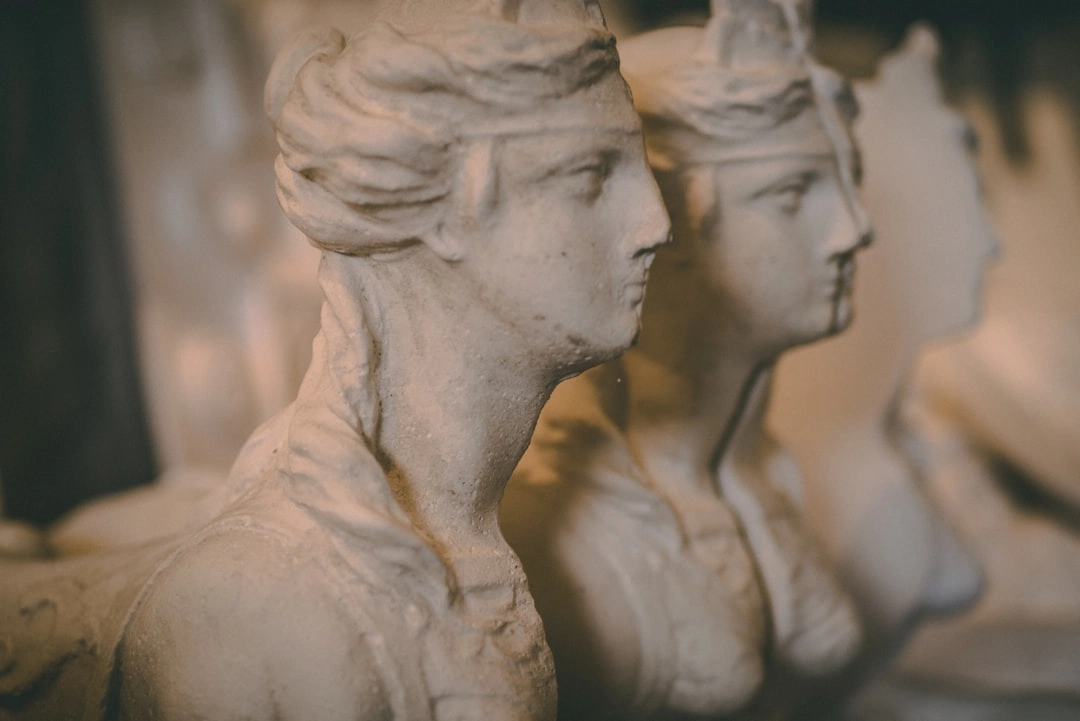
Possible Solutions for Eco-Friendly Sculpture Materials
Finding alternatives to traditional sculpture materials is crucial for adopting a sustainable approach in modern sculpture. Here are some potential solutions:
1. Sustainable Sourcing
Explore materials that have minimal environmental impact during extraction and production. Look for certified sustainable options, such as recycled metals, reclaimed wood, or locally sourced materials.
2. Non-Toxic Substitutes
Replace toxic adhesives, resins, and paints with eco-friendly alternatives. Opt for water-based or natural-based options that are free from harmful chemicals, reducing the risk of environmental contamination and artist exposure to toxins.
3. Biodegradable and Recyclable Materials
Prioritize materials that can biodegrade or be easily recycled at the end of their life cycle. This helps reduce waste and minimizes the environmental footprint of sculptures.
4. Collaboration with Environmental Experts
Seek advice and collaborate with environmental experts or organizations to gain insights into sustainable materials and practices suitable for modern sculpture. Engaging in interdisciplinary dialogue can lead to innovative solutions.
5. Education and Awareness
Raise awareness among artists, art communities, and the general public about the importance of using eco-friendly materials in sculpture. Encourage discussions and knowledge sharing to foster a culture of sustainability in the art world.
